The Taper Is On
The Federal Reserve wrapped up its November FOMC meeting on Wednesday and finally did something other than talk. The central bank announced it will begin to taper its massive quantitative easing program.
Since the onset of the coronavirus pandemic, the Fed has purchased roughly $120 billion on Treasuries and mortgage-backed securities every single month, injecting trillions of dollars in newly “printed” money into the economy. Beginning later this month, the Fed will taper bond-buying by about $15 billion per month. In its statement, the Fed said the taper was justified “in light of the substantial further progress the economy has made.”
The central bank will reduce its Treasury purchases by $10 billion a month and its purchases of mortgage-backed securities by $5 billion a month. The FOMC statement said it “judges that similar reductions in the pace of net asset purchases will likely be appropriate each month,” but emphasized, “it is prepared to adjust the pace of purchases if warranted by changes in the economic outlook.”
In other words, the Fed left itself an out to continue QE well into the future.
Meanwhile, interest rates will remain at zero and the central bank gave no hint as to when rate increases might be in the cards. The Fed continues to cling to the “transitory” inflation narrative, saying “the Committee will aim to achieve inflation moderately above 2 percent for some time so that inflation averages 2 percent over time and longer‑term inflation expectations remain well-anchored at 2 percent.”
The CPI has run above 5% on an annual basis for 5 straight months. That leaves one to wonder exactly what the Fed means by “moderately over 2%” and “some time.”
Federal Reserve Chairman Jerome Powell went out of his way to emphasize that rate hikes weren’t even in the discussion. And in response to a question, Powell emphatically insisted the Fed is not behind the curve on inflation and emphasized it would be “inappropriate” to raise rates at this time.
The taper came as no surprise. The Fed has been jawboning about it for months. And in the big scheme of things, it isn’t particularly significant. It does not signal “tight” monetary policy. It is simply slightly less loose than the extraordinarily loose monetary policy the central bank has engaged in for more than 18 months. Back in March 2020, did anybody imagine that the Federal Reserve would still be running the same emergency QE it launched when the economy was completely shut down well over a year later?
And significantly, despite extremely hot inflation, the Fed will continue its inflationary bond-buying program until at least next July, albeit slowing the pace gradually over time. As Peter Schiff noted in his podcast, this is not tightening. The Fed will continue easing. As Peter put it, they’re still spiking the punch bowl.
They’re still pouring alcohol into that bowl. The Fed is just saying they’re going to reduce the amount of alcohol they pour into the bowl on a monthly basis. But they’re not going to stop pouring it in. That’s why I’ve said repeatedly that tapering is not really tightening. They’re still easing. They are still printing money, monetizing government debt. They’re just saying they’re going to monetize a little less government debt in the coming months then they have been monetizing in the prior months.”
Going into the meeting, the consensus was there was about an 80% chance that the Fed would announce the taper. Despite taper anticipation, the stock markets have hit record highs in recent days. Peter said he thinks this was a clear signal that markets blessed a taper.
I think that’s what gave the Fed courage to meet those expectations and announce the taper. Now, had the markets been crashing in anticipation of a taper, then I don’t think we would have had one.”
Peter said it will be hard to gauge the economic effects of the taper given that the impact may significantly lag the actual taper. But the economy is already showing signs of slowing.
My guess is that it will continue to slow down in the aftermath of the taper. So, Powell may in fact use that as an excuse to halt the process.”
Peter said he thinks the entirety of the taper is already priced into the markets.
I think what would surprise the markets and would result in a repricing of various markets would be if the Fed calls of the taper prematurely and is not able to complete the process, which I look at as a likely possibility.”
As far as the economy goes, Powell describes it as very strong. When asked why the pace of this taper would be faster than the QE taper after the 2008 financial crisis, Powell said it’s because the economy is stronger. Peter asks a salient question: given the strength of the economy, why would it be inappropriate to raise interest rates from zero?
That is the rate that is consistent with an economic emergency. Yet Powell is saying that the economy, even though it is really strong, needs interest rates that are set at an emergency level for a comatose economy in a financial crisis. None of that makes sense.”
The only real negative Powell pointed out is that the economy isn’t at full employment — a subjective term that nobody can really define.
So, what Powell is basically saying, under PowellEconomics, it is inappropriate to have an interest rate above zero in an economy that is not at full employment. I mean, what kind of asinine economic policy, monetary policy is that?”
Peter said Powell doesn’t really believe the economy is as strong as he claims.
Because if he really thought we had a strong economy, the Fed would be raising rates. It’s only because the Fed knows that the economy is hanging on by a thread — and that thread is zero percent interest rates and to another extent QE.”
As far as inflation, Powell continues to insist it’s all a “supply chain” problem. He said there is plenty of demand out there, but the snarled supply chain is causing prices to rise. Mises Institute senior editor Ryan McMaken pointed out, this narrative is backward. The supply chain problem isn’t creating inflation. Inflation has created the supply chain problem. Peter made the same point.
That is always what happens when you print too much money. When you print money and give it to people to spend, demand goes up. People have more money to spend. But if you don’t produce more, well, then you have a shortage. You have supply constraints.”
Peter called it the “Field of Dreams economy.” If you print it, it will come. If you print enough money to stoke demand, the capacity to satisfy that demand will magically materialize.
How is that going to happen? If all you had to do is print money, and then the capacity to produce the goods would automatically follow the increase in demand, well, then every country would just print money and nobody would ever have hyperinflation because there would just be enough supply to meet any demand created by money printing. The reality is any time you print too much money, you can always claim there is a capacity shortage, a supply shortage.”
The easy part is to print the money. The hard part is producing the stuff.
At this point, it appears the Fed is going to keep printing the money – just maybe a little slower. We’ll see how that works out.



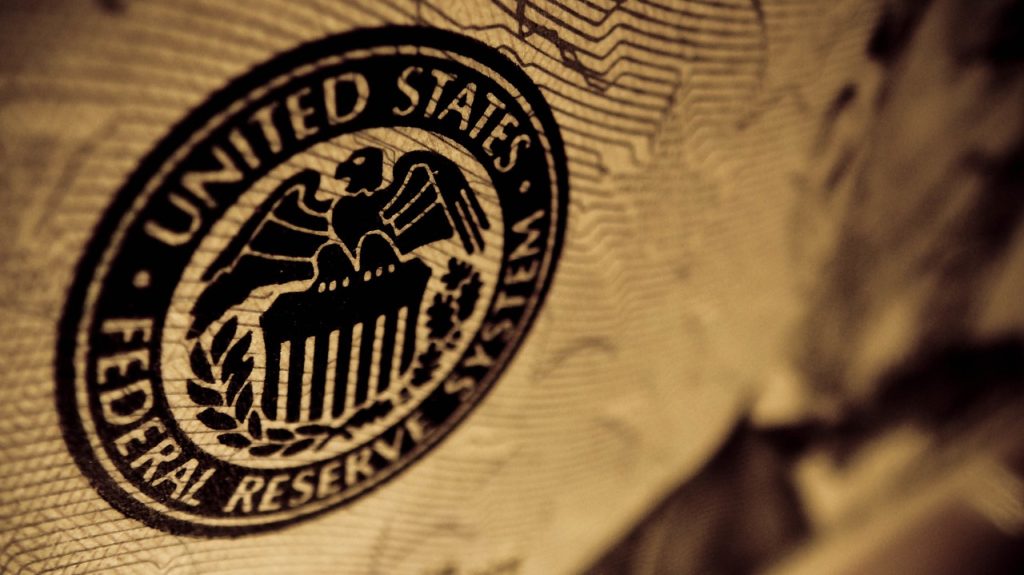

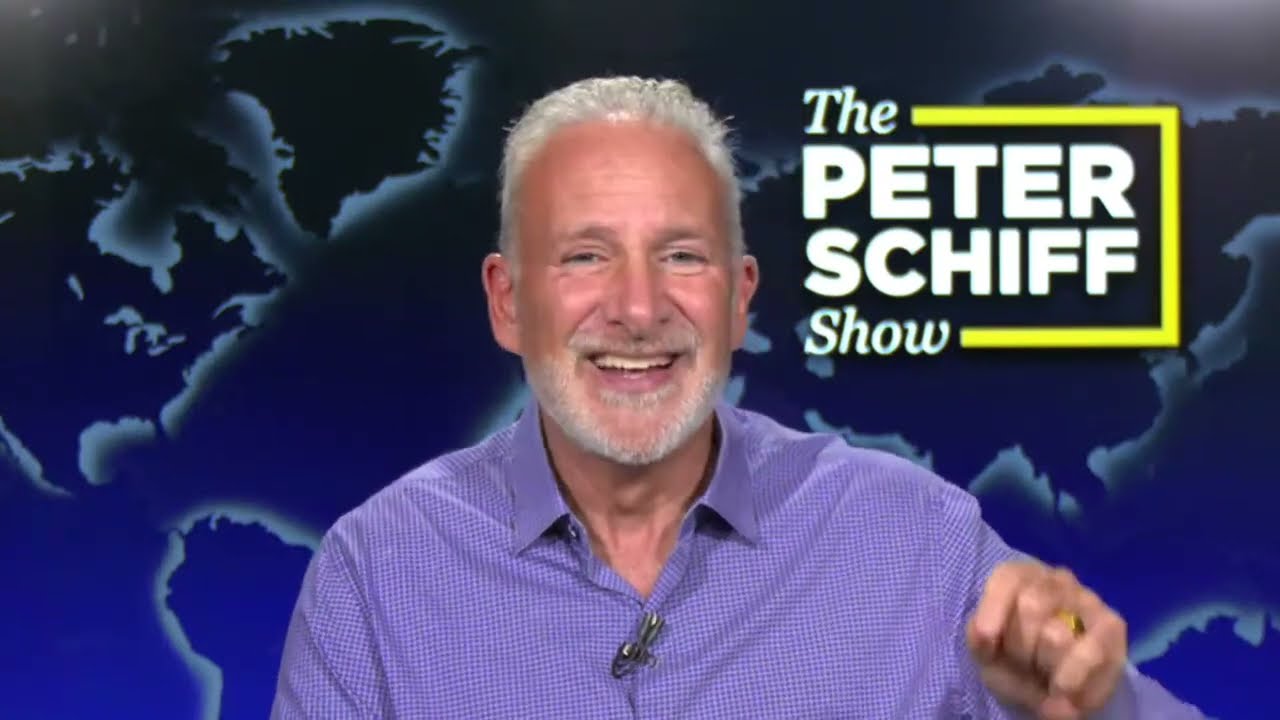 Peter’s back in Puerto Rico this week for his podcast after another week of record gold prices. In this episode, he discusses media coverage of inflation, this week’s CPI report, and Bitcoin’s weakening price relative to gold.
Peter’s back in Puerto Rico this week for his podcast after another week of record gold prices. In this episode, he discusses media coverage of inflation, this week’s CPI report, and Bitcoin’s weakening price relative to gold.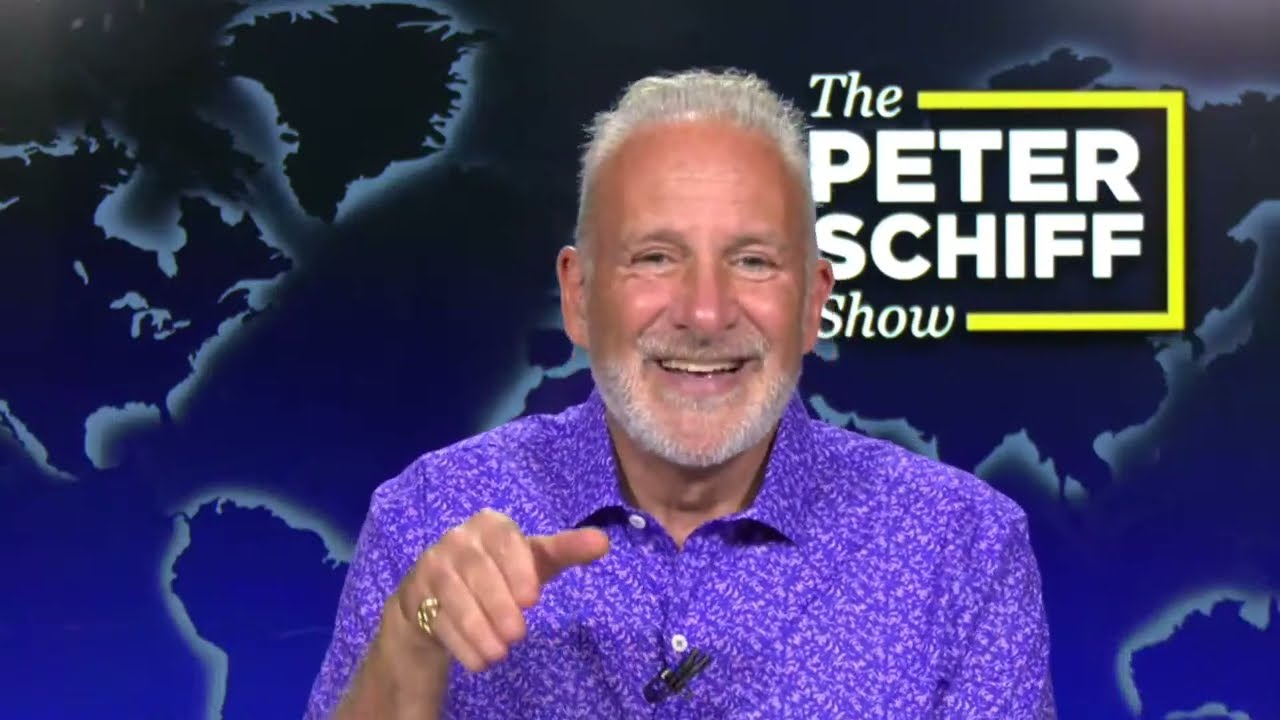 This week Peter recaps another stellar week for precious metal. He also discusses Friday’s jobs report, commodity prices, and Bitcoin.
This week Peter recaps another stellar week for precious metal. He also discusses Friday’s jobs report, commodity prices, and Bitcoin.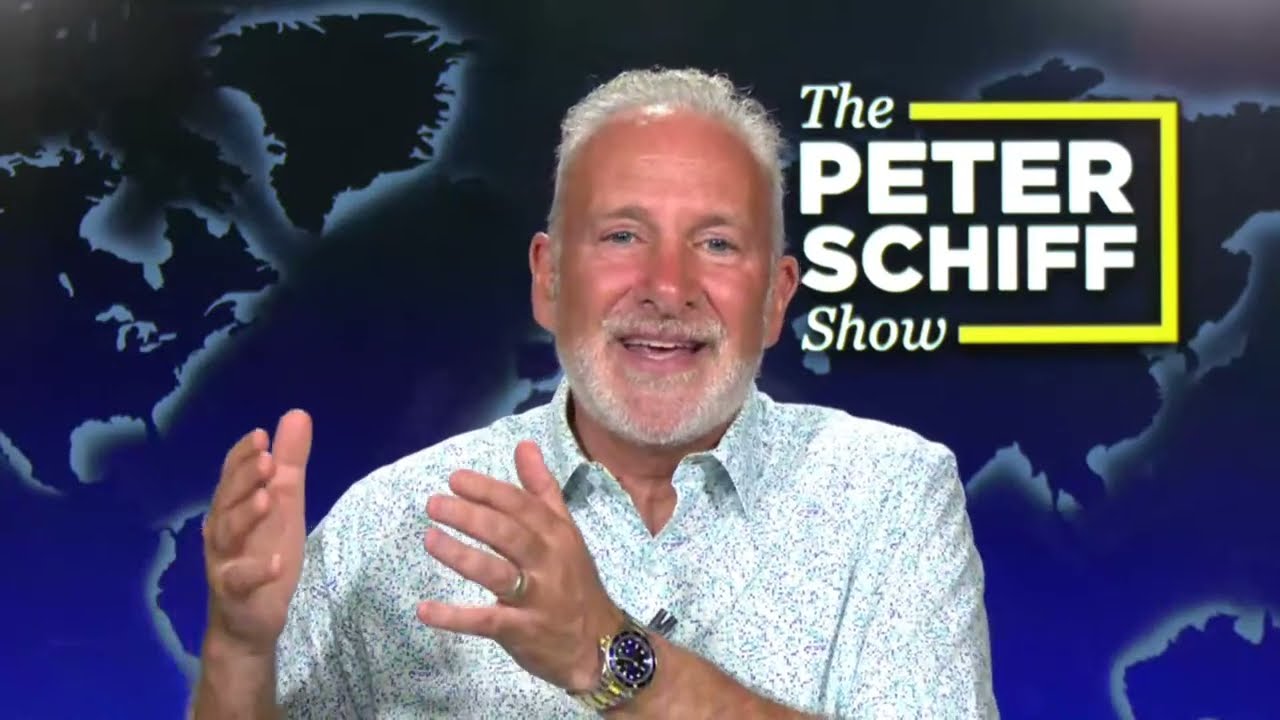 This week Peter returned from vacation, and he was just in time for a surge in the price of gold. He discusses the factors contributing to gold’s record prices, the similarities between today and the 1970s, and data pointing to future inflation in America.
This week Peter returned from vacation, and he was just in time for a surge in the price of gold. He discusses the factors contributing to gold’s record prices, the similarities between today and the 1970s, and data pointing to future inflation in America.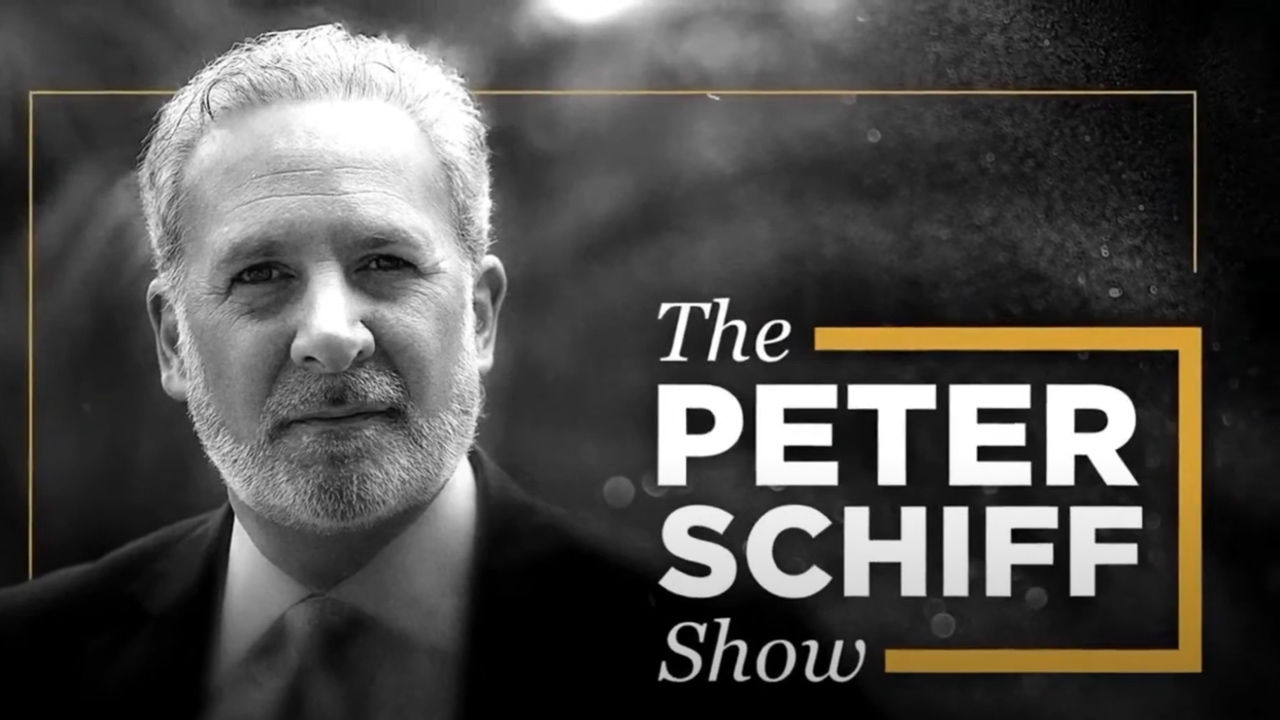 This time Peter tackles Jerome Powell’s speech from Wednesday, in which he announced that the Fed is holding the federal funds rate between 5.25 and 5.5%. He also briefly discusses Bitcoin’s pullback and the media’s lies about Donald Trump.
This time Peter tackles Jerome Powell’s speech from Wednesday, in which he announced that the Fed is holding the federal funds rate between 5.25 and 5.5%. He also briefly discusses Bitcoin’s pullback and the media’s lies about Donald Trump. 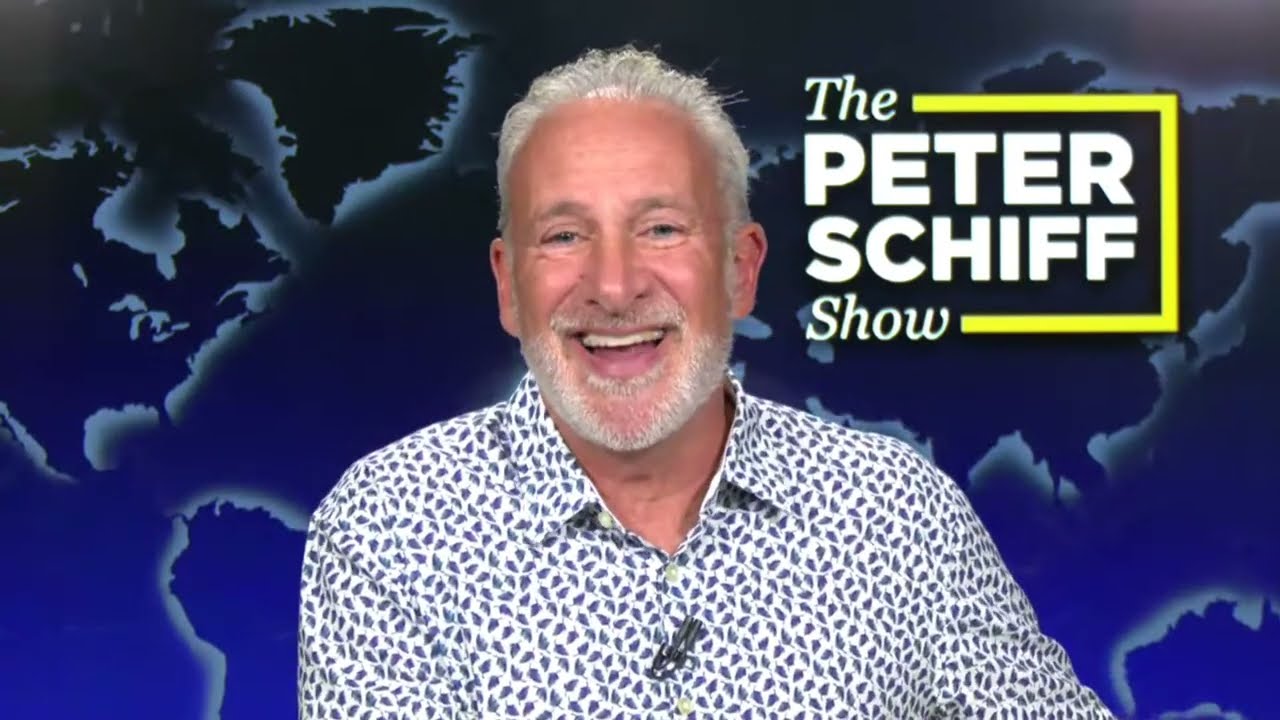 In this episode, Peter reacts to a hotter-than-expected CPI report, big trades in Bitcoin, and the federal bill that would ban the popular social media app TikTok. He also notes silver’s historically low price, which is nearly 50% of its 2011 high.
In this episode, Peter reacts to a hotter-than-expected CPI report, big trades in Bitcoin, and the federal bill that would ban the popular social media app TikTok. He also notes silver’s historically low price, which is nearly 50% of its 2011 high.